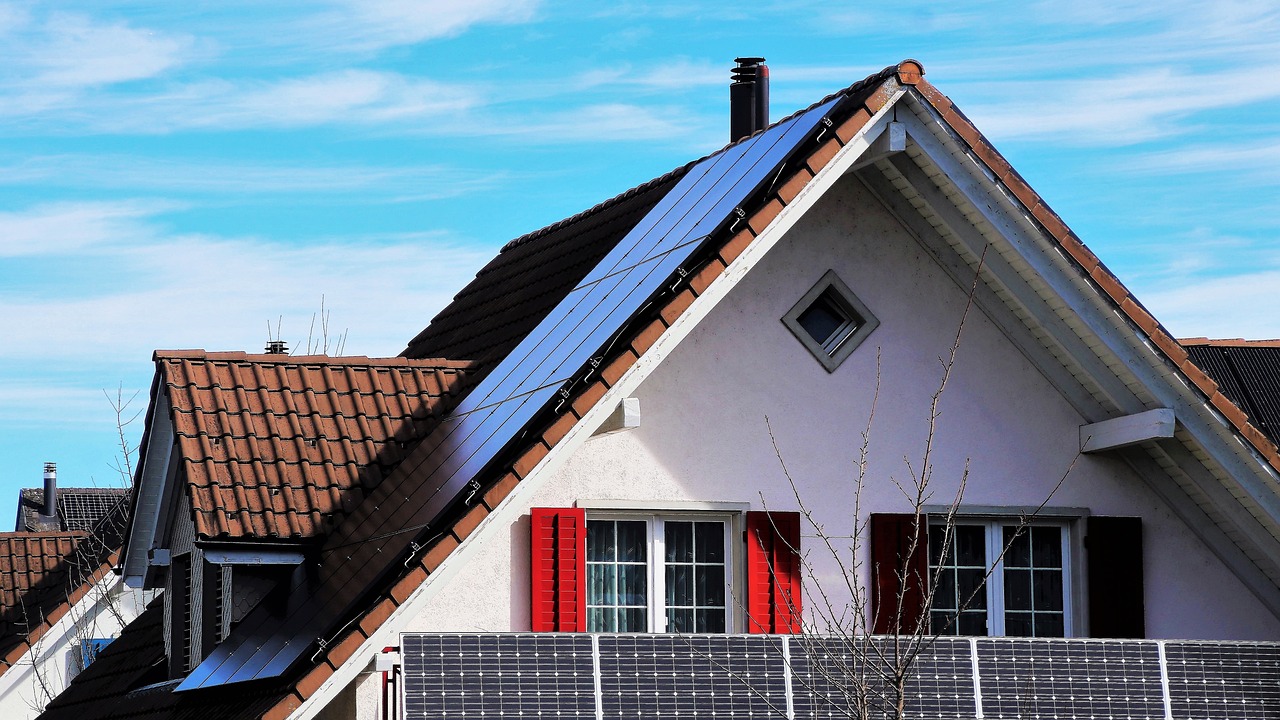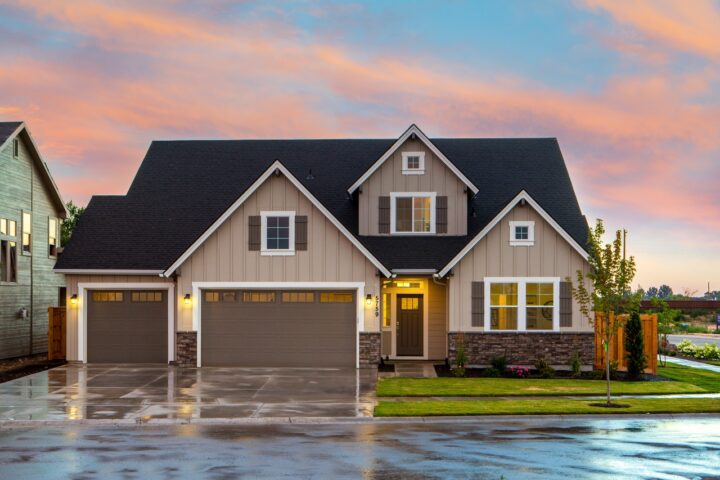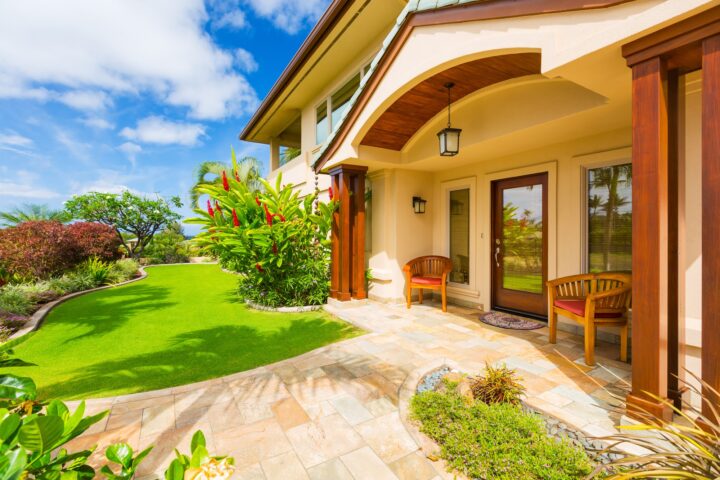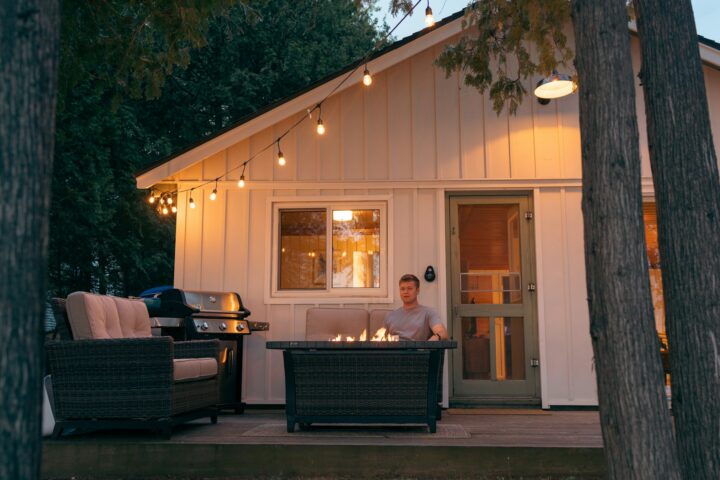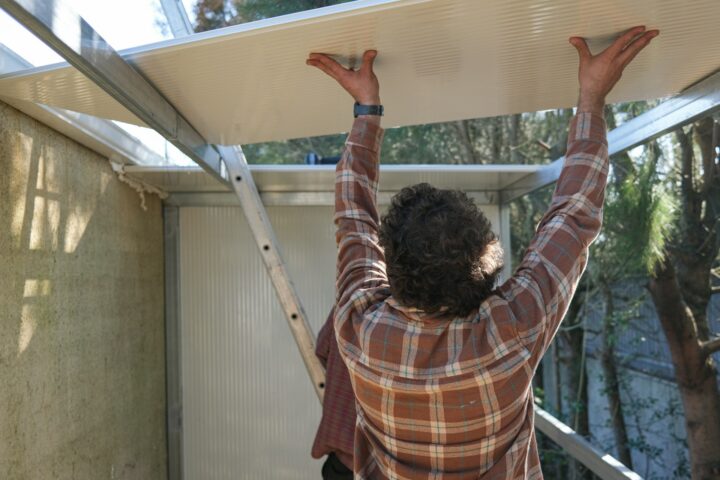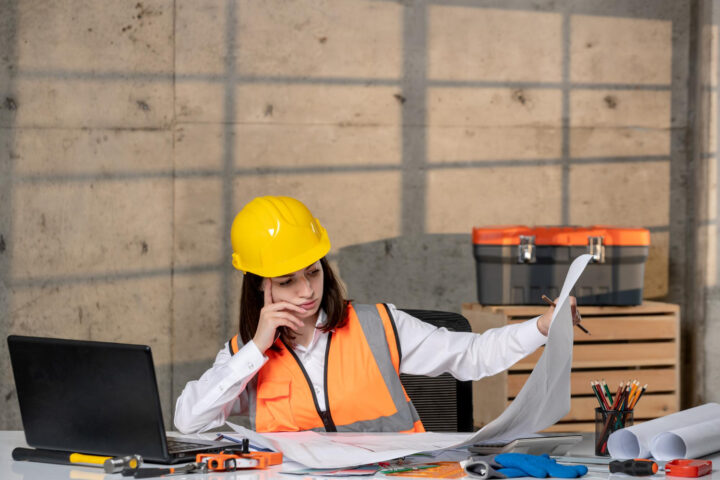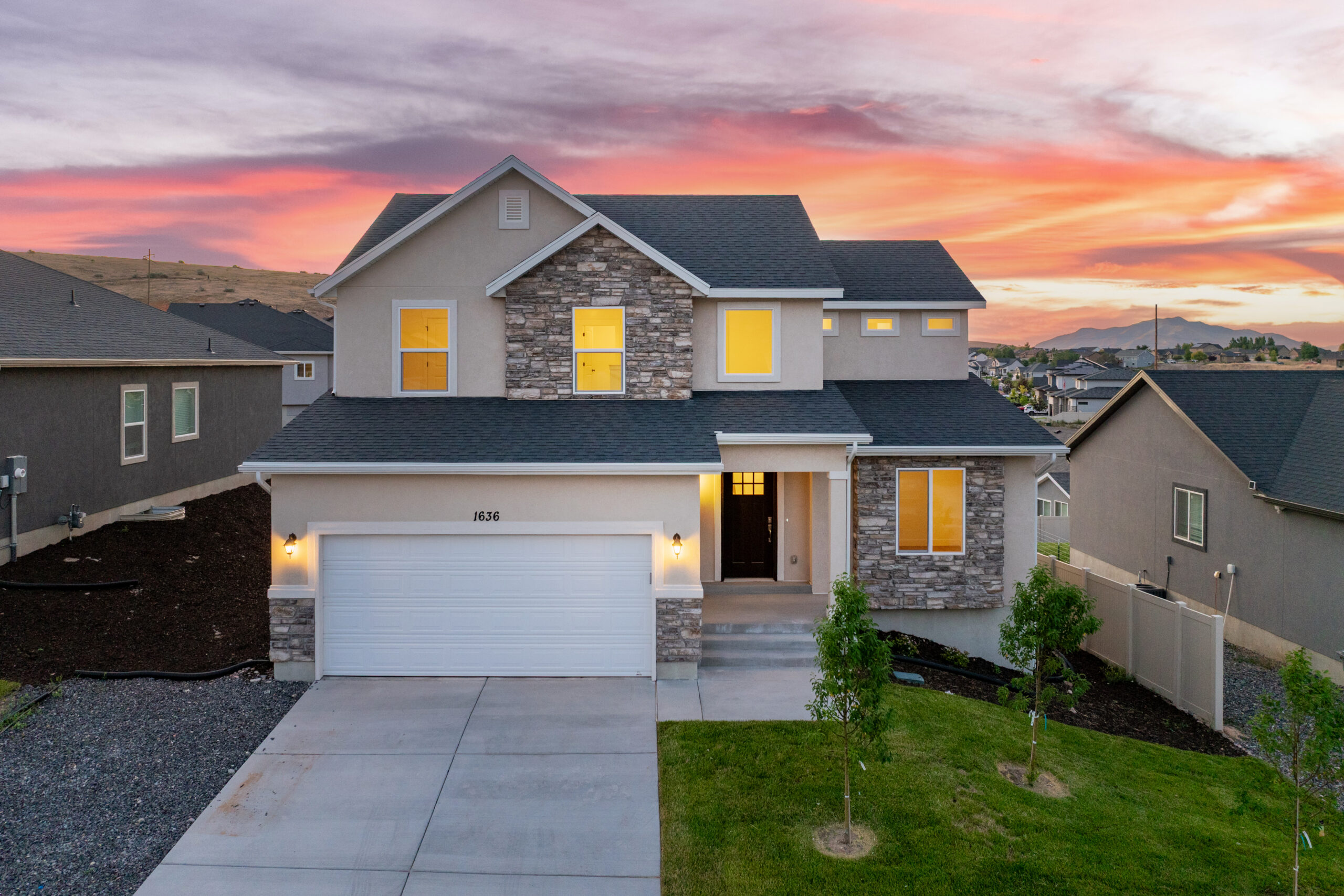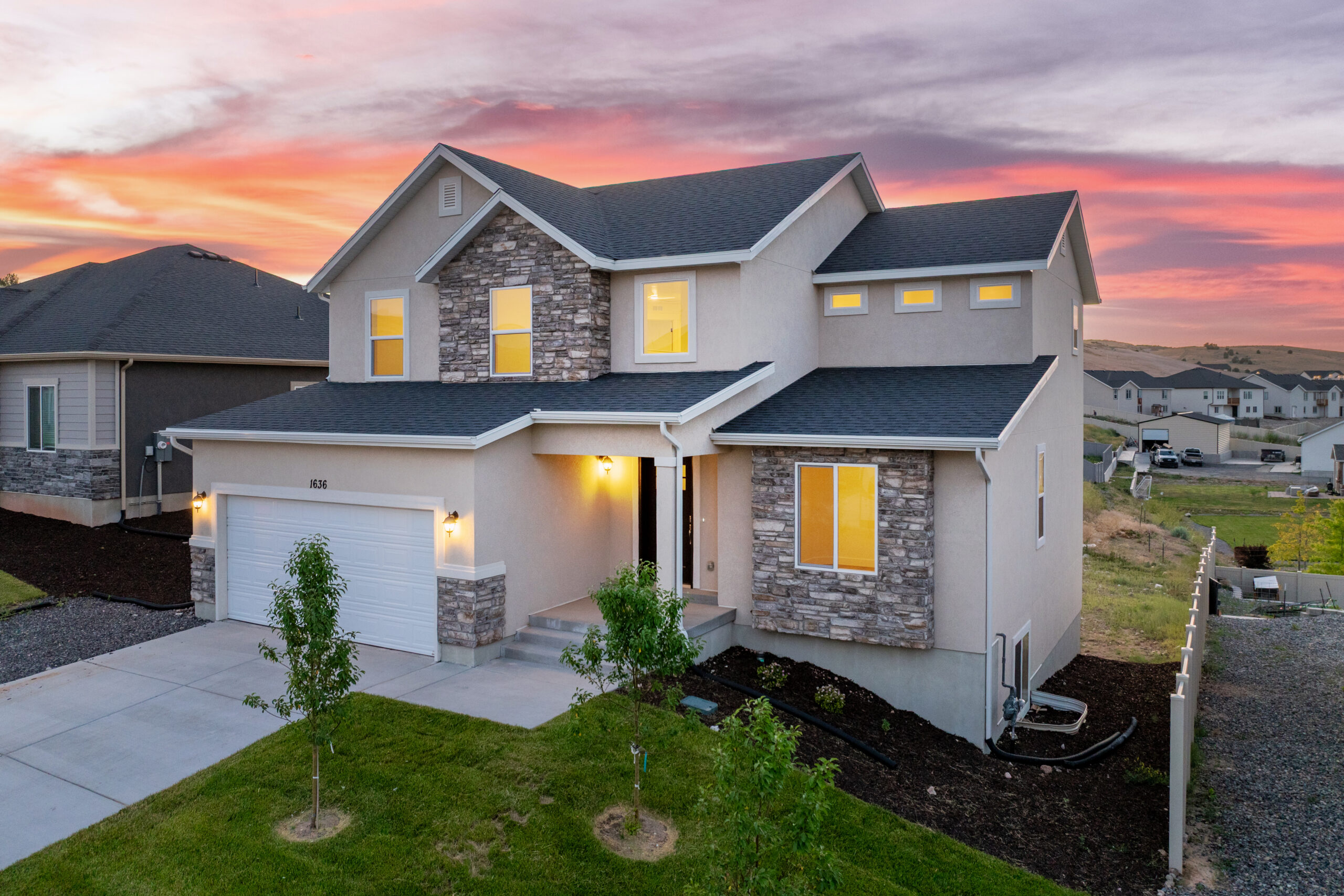Building a new home is undoubtedly one of the most overwhelming yet exciting experiences for any person. Having the luxury to customize your dream home based on your tastes, preferences, and budget is always a part of the allure.
As more and more American families commit to reducing their carbon footprint, adopting an eco-friendly lifestyle has become a top priority. With that in mind, this article will delve into various energy-efficient building techniques you can incorporate into your new home in Utah County—from innovative construction materials to energy-saving heating and cooling systems, let’s explore how these practices can promote a greener, more cost-effective lifestyle.
Passive Solar Design: Maximizing Efficiency Through Orientation
Passive solar design is a strategy used in building design to optimize a home’s natural heating and cooling features. This method relies on the sun’s energy and the building’s structural elements to reduce energy consumption. By considering factors such as window placement, insulation, and thermal mass, passive solar design can significantly contribute to reducing your home’s energy requirements.
Key components of passive solar design include:
- South-facing windows: In the Northern Hemisphere, a home should have the majority of windows facing south to allow ample sunlight during the winter months.
- Thermal mass: Incorporating materials with high thermal mass (concrete, brick, or stone) can help store and release heat, keeping temperatures more constant.
- Insulation: Proper insulation in the walls, roof, and floors can reduce heat transfer and create a more energy-efficient home.
- Roof overhangs and shading: Wise positioning of overhangs and shading devices can help control heat gain and loss while still allowing sunlight to enter the home.
By integrating passive solar design techniques into your home plans, you can create an energy-efficient living space that leverages natural light and temperature regulation while minimizing your utility costs.
Structural Insulated Panels: A Green Building Solution
Structural insulated panels (SIPs) are an innovative and sustainable building material that can significantly reduce a home’s energy consumption. SIPs are prefabricated panels composed of an insulating foam core and two structural facings, typically made from oriented strand board (OSB). SIPs have several advantages over traditional wood framing, including:
- Superior insulation: The continuous foam core in SIPs provides a higher insulation value and fewer drafts than traditional wood framing.
- Air-sealing: SIPs create an airtight barrier, which significantly reduces air infiltration and heat loss in your home.
- Faster construction time: SIPs are prefabricated, making them quicker to assemble on-site.
- Reduced waste: Assembly of SIPs produces less job site waste, contributing to a more sustainable building process.
By choosing SIPs for your new Utah County home, you gain the benefits of a well-insulated, airtight, and energy-efficient building envelope that provides year-round comfort and long-term savings.
Energy-Efficient Windows and Doors: A Clear View to Savings
Windows and doors are significant contributors to a home’s energy efficiency, as they can dramatically impact heat gain and loss. Selecting energy-efficient windows and doors can help to lower energy costs while maintaining a comfortable indoor environment. Some factors to consider when choosing energy-efficient windows and doors include:
- Double or triple glazing: Multiple panes of glass can reduce heat transfer and improve insulation.
- Low-E coatings: Low-emissivity (Low-E) coatings reflect heat while allowing light in, reducing heat gain in the summer and heat loss in the winter.
- Framing materials: Window and door frames composed of wood, vinyl, or fiberglass typically offer better insulation than aluminum.
- Air-sealing: Proper installation and sealing around windows and doors are crucial for preventing drafts and maximizing energy efficiency.
Water-Efficient Fixtures and Appliances: Save Water, Save Money
Water conservation is another important aspect of building an eco-friendly home. By utilizing water-efficient fixtures and appliances, you can conserve water, lower your utility bills, and reduce the strain on your local water supply. Some water-efficient solutions to consider for your home include:
- Low-flow faucets and showerheads: These fixtures use less water without sacrificing pressure or performance.
- Energy Star-rated appliances: Choose Energy Star-rated dishwashers and washing machines that conserve both water and energy.
- Tankless water heaters: Tankless or on-demand water heaters heat water only as needed, saving water and energy.
- Smart irrigation systems: Investing in an efficient irrigation system can minimize water waste and ensure healthy landscaping while conserving water.
Embrace a Greener Lifestyle in Utah County
Building an energy-efficient home in Utah County not only contributes to a greener environment but also offers significant financial and comfort benefits. By incorporating these energy-efficient tactics and partnering with forward-thinking, yet affordable home builders like Always Affordable Homes, you can create a stylish, eco-friendly sanctuary that meets your unique needs and preferences.
Embrace the opportunity to learn more about energy-efficient home-building techniques and take the first steps towards constructing your dream home today. Get in touch with us to get started!

